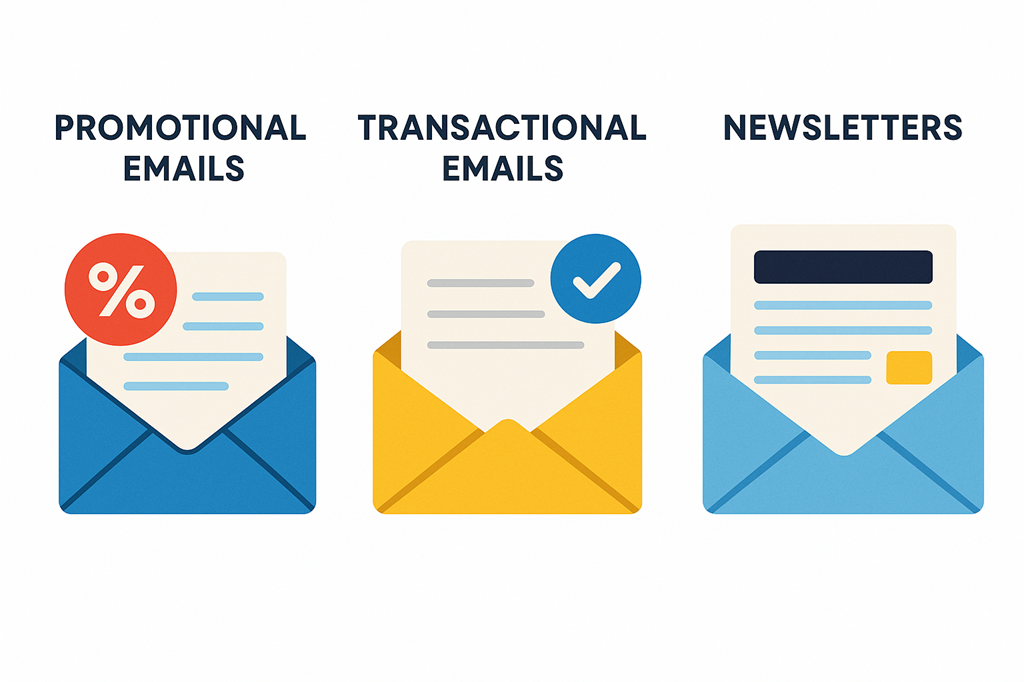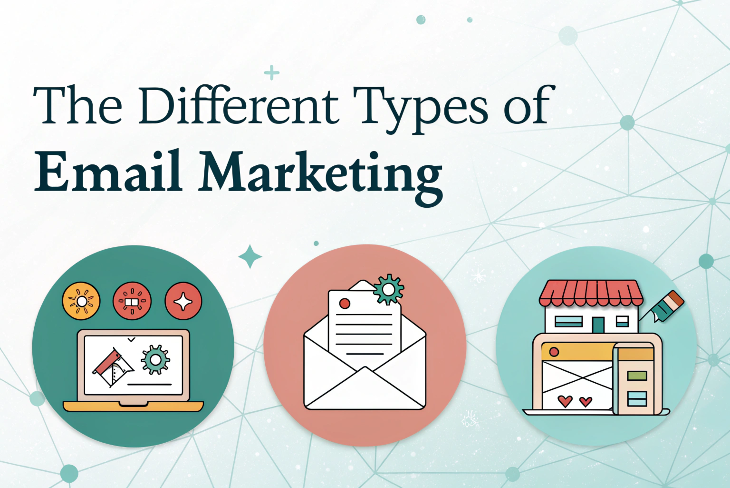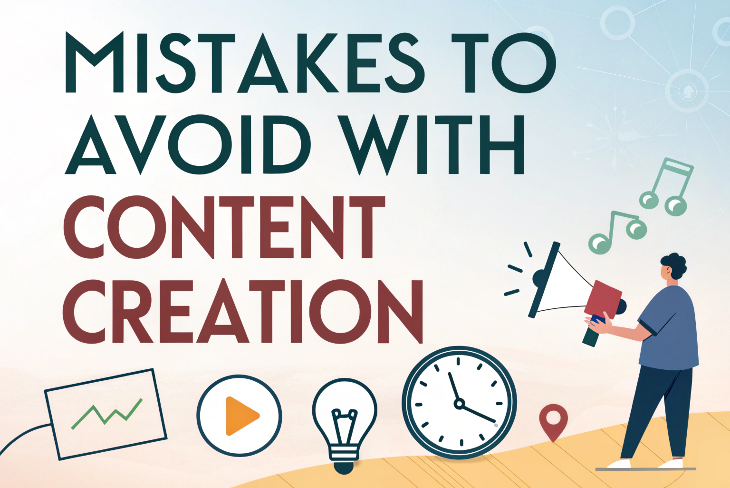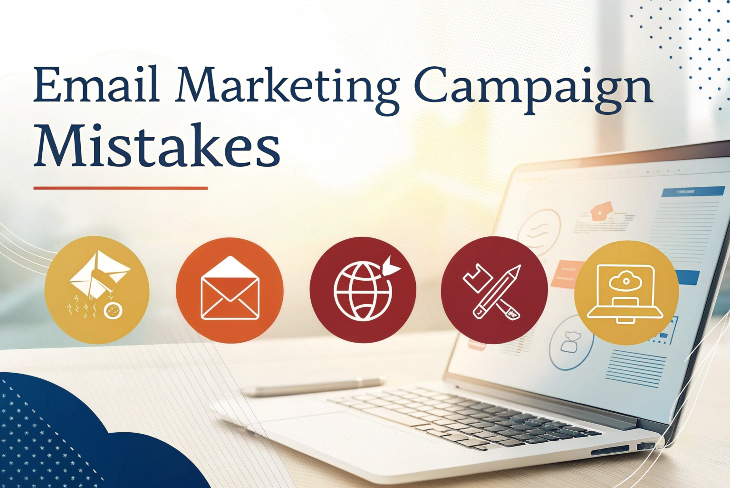Our email marketing services help you build stronger relationships with your audience through strategic, personalised communication.
Landing Page
£250.00 Original price was: £250.00.£165.00Current price is: £165.00.
- Responsive design
- Conversion capture
- Versatile for any campaign
- 2 design revisions
- Full integration or upload
- Content creation
- Schema (structured data)
- Calls-to-action (CTAs)
Email Marketing
£600.00 Original price was: £600.00.£375.00Current price is: £375.00.
- Email campaign strategy
- Keyword research for email content
- Email content creation
- Email template design
- Personalisation implementation
- Mailing list management
- Integration with mailing suites
- Performance reporting
Email marketing is one of the most effective and direct forms of communication between businesses and their audience. By sending targeted emails to prospects, customers, or subscribers, businesses can promote their products, services, or brand messages with precision. Unlike traditional advertising, email marketing allows you to reach a specific group of individuals who have already shown interest in your brand, increasing the likelihood of meaningful interactions.
what are the benefits?
Cost-effective marketing strategy
Email marketing allows you to reach a large audience at a fraction of the cost of traditional advertising, delivering incredible ROI.
Direct communication with your audience
Emails give you a direct line to your customers' inbox, ensuring your message reaches the right people at the right time.
Increased engagement and conversions
Personalised email content boosts engagement, leading to higher open rates and more conversions, turning leads into loyal customers.
Check out our other web solutions
Key elements of email marketing
1. Personalised content: Personalised content refers to the practice of tailoring email messages to the individual needs, behaviours, or preferences of each subscriber. By segmenting your audience based on factors like past purchases, browsing history, or engagement, you can deliver relevant and timely emails that resonate with each recipient. Personalisation can range from including the recipient’s name in the subject line to recommending products based on previous interactions.
Why it matters:
Personalised emails generate higher opening rates and stronger engagement because they feel more relevant to the recipient. The more tailored the content, the more likely the email will drive conversions, helping you build stronger relationships with your audience and increase your ROI.
2. Email segmentation: Email segmentation involves dividing your email list into smaller, targeted groups based on shared characteristics like location, age, purchase history, or engagement level. This allows you to send more specific, relevant messages to each group rather than one-size-fits-all emails.
Why it matters:
Segmentation ensures that your messages resonate with the right audience, increasing the chances of engagement and conversion. By targeting specific groups with customised offers, you avoid sending irrelevant content to those who are less likely to respond, ultimately improving your campaign’s effectiveness.
3. A/B testing: A/B testing, or split testing, is the process of sending two different versions of an email to see which one performs better. You might test subject lines, email design, call-to-action buttons, or even the time of day the email is sent to determine which elements drive the most engagement.
Why it matters:
A/B testing allows you to continuously improve your email campaigns by identifying what resonates best with your audience. Small tweaks based on data-driven insights can lead to significant increases in open rates, click-through rates, and conversions, ensuring your email marketing remains highly effective.
These key elements work together to build a stronger, more effective email marketing strategy that not only drives higher engagement but also maximises conversions, making your email campaigns powerful revenue-generating tools.
Best practices for an effective email marketing campaign
Follow these best practices to ensure your email marketing efforts drive engagement, nurture leads, and boost conversions.
Consistent email frequency
Maintain a balanced email frequency to engage your audience without overwhelming them, building trust and keeping your brand top of mind.
Craft compelling subject lines
Craft an attention-grabbing and relevant subject line to encourage people to open your emails, this sets the tone for the rest of your email.
Monitor and analyse performance
Track key metrics to assess campaign performance, identify what’s working, and use the data to continually refine and improve your strategy.
Email marketing mistakes to avoid
Avoid these common email marketing mistakes to ensure your campaigns are effective, engaging, and lead to better results:
1. Ignoring mobile optimisation
Not optimising your emails for mobile devices can result in poor user experience, leading to lower engagement. Ensure your emails are mobile-friendly to reach a wider audience.
2. Sending irrelevant content
Sending generic or irrelevant emails can lead to unsubscribes and disengagement. Always segment your audience and personalise content to keep it relevant and valuable.
3. Overloading with too many emails
Bombarding your audience with too many emails can annoy them and cause unsubscribes. Maintain an optimal email frequency to avoid overwhelming your subscribers.
The different types of email marketing
There are several types of email marketing, each serving different purposes and goals. Here are some of the most common types:
Promotional emails
Push products, services, or deals to boost sales, think discounts, new items, or time-limited offers.
Transactional Emails
Sent after user actions, like order confirmations or shipping updates. People expect these and rely on the info.
Newsletters
Share company updates, tips, or industry news. Great for staying in touch and building trust over time.
Each type of email marketing can be tailored to suit different business needs and audience segments, helping you build a more effective email strategy.

FAQ's
Your email marketing questions answered
What is the 80/20 rule in email marketing?
The 80/20 rule in email marketing suggests that 80% of your emails should provide value to your subscribers, such as educational content, tips, or helpful resources. The remaining 20% can focus on promotional offers or sales messages. This balance helps build trust and keeps your audience engaged without overwhelming them with sales pitches.
What makes a successful email marketing campaign?
A good email marketing campaign is engaging and personalised, and it delivers relevant content to the right audience at the right time. It includes a compelling subject line, clear call to action, valuable content, and is optimised for both desktop and mobile devices. A successful campaign also tracks and analyses key metrics like open rates, click-through rates, and conversions to continuously improve performance.
What are the 5 T's of email marketing?
The 5 T’s of email marketing refer to five key principles for success:
- Timing: Send emails at the optimal time to reach your audience when they are most likely to engage.
- Targeting: Ensure emails are personalised and segmented for the right audience based on behaviour or demographics.
- Testing: Regularly A/B test elements like subject lines, designs, and CTAs to optimise your campaigns.
- Tracking: Monitor key metrics to evaluate the success of your campaigns and identify areas for improvement.
- Technology: Use the right tools and platforms to automate, segment, and personalise your email campaigns effectively.
What are the 4 C's of email marketing?
The 4 C’s of email marketing focus on the core components that drive successful campaigns:
- Clarity: Ensure your message is clear and easy to understand.
- Content: Provide valuable, relevant, and engaging content to your audience.
- Call-to-action (CTA): Include a strong CTA that guides recipients to the next step, such as making a purchase or signing up.
- Consistency: Maintain a consistent sending schedule and brand voice to build trust and engagement with your audience.






